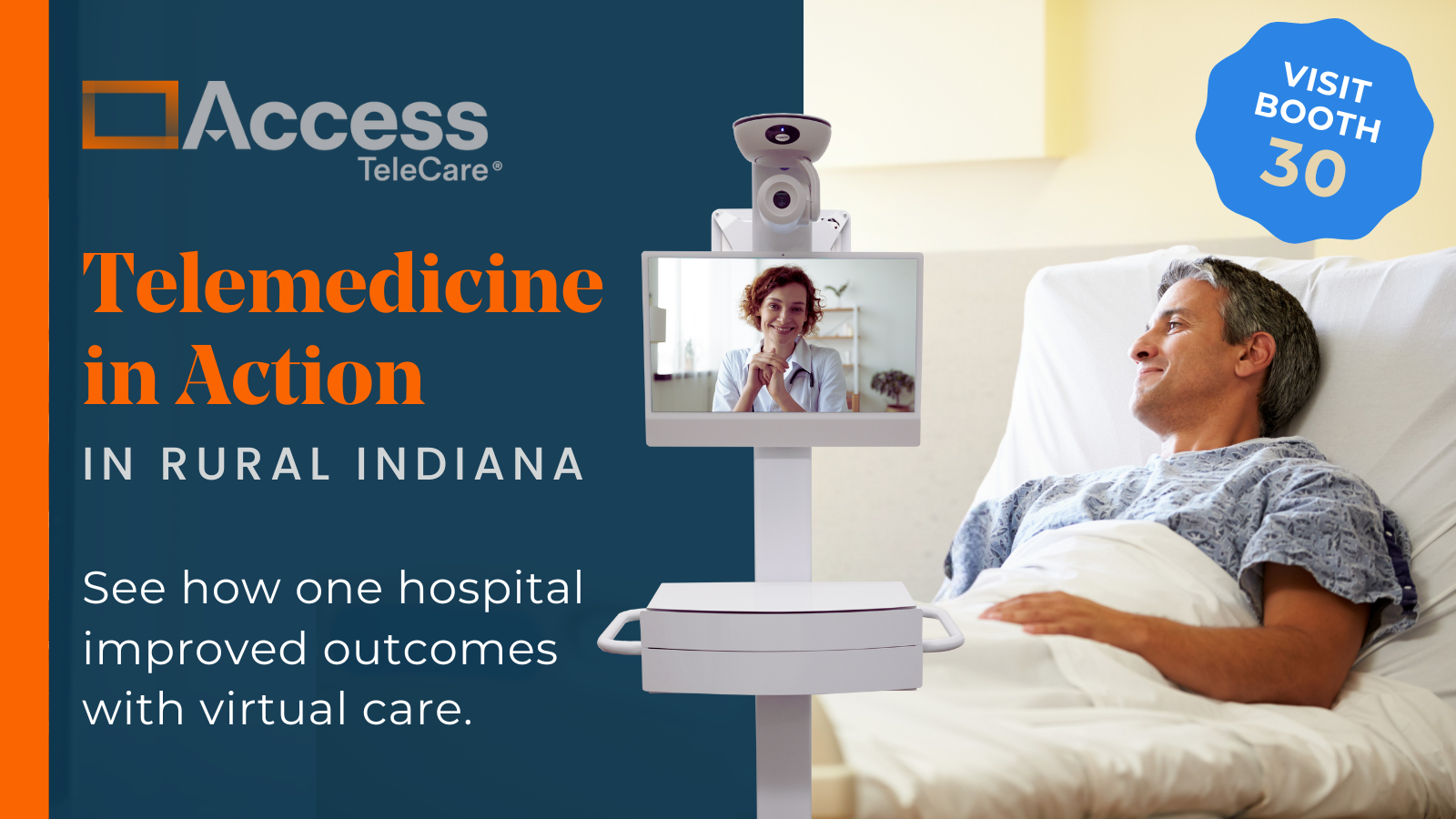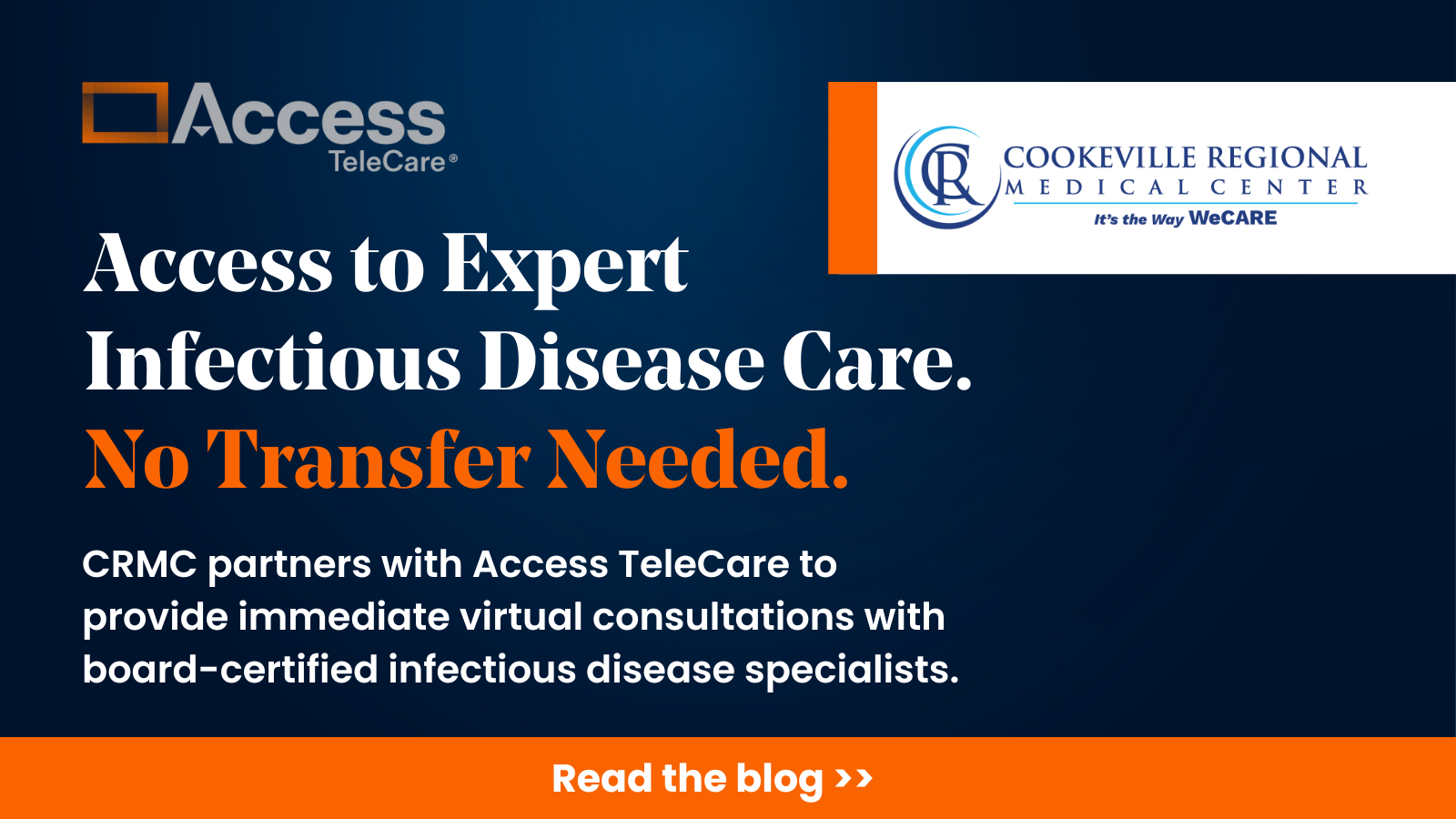Credentialing By Proxy
Credentialing by proxy (CBP) is a streamlined process for the credentialing of telemedicine-based or virtual practitioners. CBP permits the hospital or facility offering telemedicine services to utilize the prime source verifications obtained and maintained by Access TeleCare.
Credentialing by proxy allows Access TeleCare partners to efficiently start and maintain their virtual care program while reducing the administrative burden associated with traditional credentialing of virtual providers. Participating in CBP has the potential to dramatically increase the speed and efficiency with which hospitals or facilities can facilitate the credentialing and privileging of virtual providers, reducing implementation time and costs, while providing timelier, expanded care and services to patients.
Because Access TeleCare is accredited by The Joint Commission, our partners can be assured that the prime source verifications we complete meet or exceed the quality and completeness expectations outlined for their own Medical Staff Services Office. Our commitment to quality ensures our clinicians are fit to practice with ongoing maintenance and verifications.
More From Access TeleCare
See behavioral health in action with the power of Access TeleCare and telemedicine.
Benefits of Credentialing by Proxy
The Access TeleCare team is well-versed in the diverse profiles of virtual providers. We can navigate the changing regulations and ongoing needs of establishing and maintaining your hospital’s virtual care program credentialing and privileging needs.
Expedited Implementation
Credentialing with Access TeleCare Credentialing By Proxy can be done in about 30 days and your facility will be able to offer acute telemedicine sooner helping you to meet your clinical and financial goals. CBP can cut down on long waiting periods and can often be completed in 30 days.
Increased Access To Virtual Providers
Hospitals in the U.S. face higher demand for primary and specialty physician coverage than available resources can meet. But through telemedicine, specialized support is available on-demand. Using CBP can help hospitals or facilities promptly and efficiently secure needed medical expertise, virtually. We make the process of credentialing virtual providers fast and efficient by providing Credentialing By Proxy, ensuring our hospital partners have access to the highest quality virtual providers, when they are needed.
Improved Patient Experience
Increasing access to care where patients live and work improves clinical outcomes and patient satisfaction. CBP enables our hospital partners to provide that access on a more expedited, efficient and cost-effective basis than does traditional credentialing.
Decreasing Costs And Administrative Burden
By removing the heavy burden of credentialing virtual providers from your administrative offices, we free up your team to focus on other areas, reducing workforce costs. Using CBP can provide a cost-effective alternative to traditional credentialing and efficiently expands your virtual care program without overburdening your in-house staff.
Credentialing by proxy can dramatically increase the speed and efficiency of telemedicine implementations, saving both time and money and providing timelier, expanded care and services to patients. CBP is Access TeleCare’s standard approach and a practice we complete with our partners, regularly.















